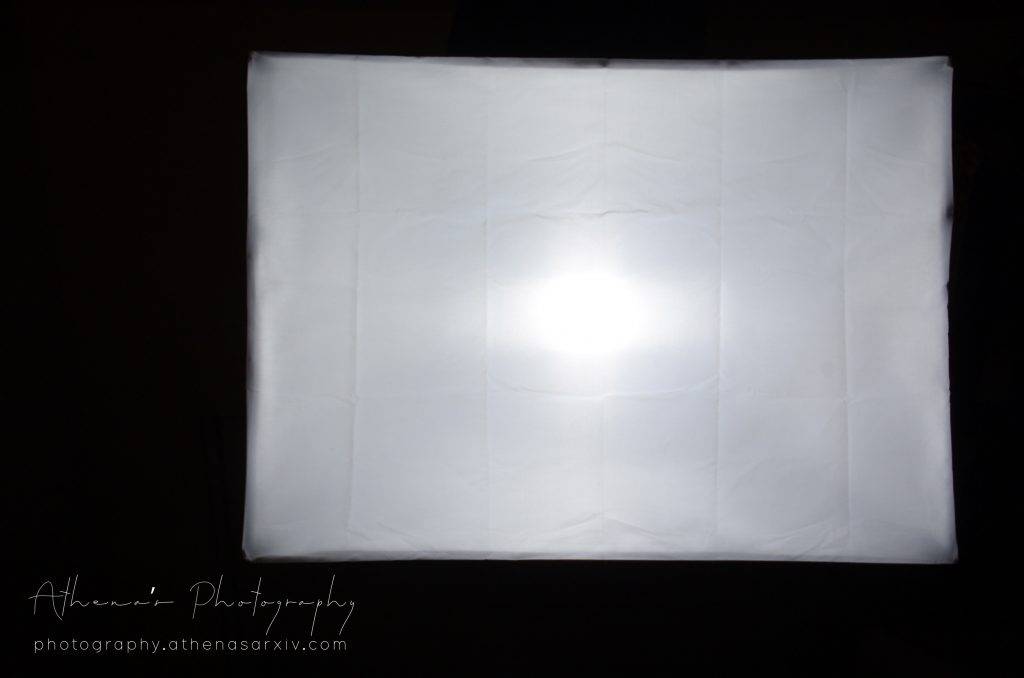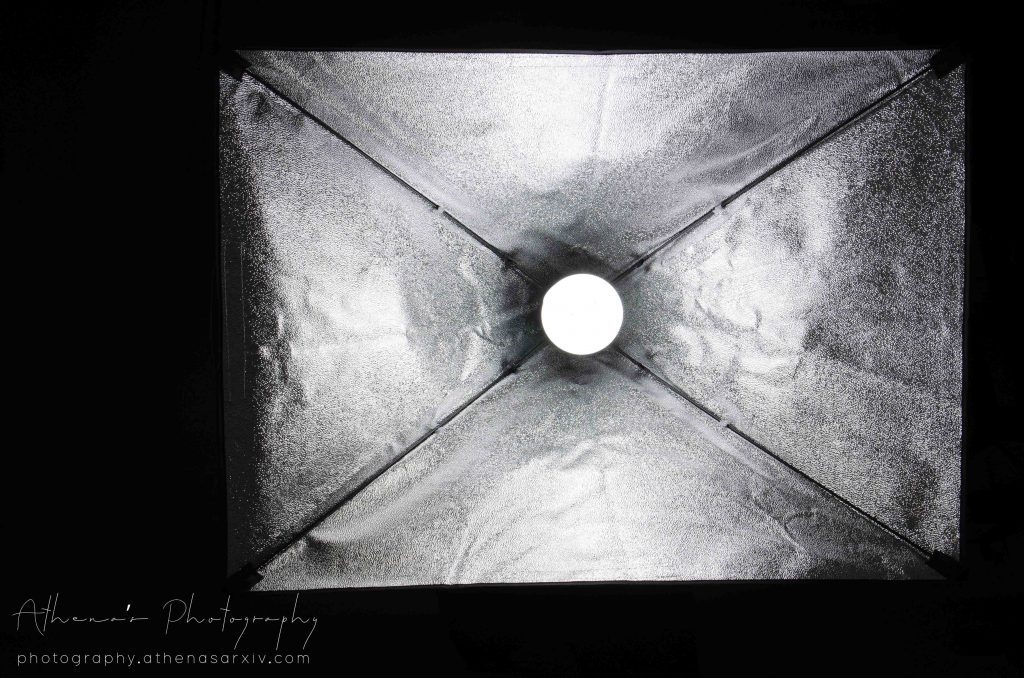It is very important to understand how light behaves and how you can control the lights if you want to be a good photographer. Of course you mostly use the natural light if you are a landscape or wildlife photographer, but for most other forms of photography, you need artificial lighting. You can change a picture totally by varying the light in the environment. The following sections will give you a short introduction to different kind of artificial lighting equipment and technology available to assist the photographer to compose the perfect photograph. This article gives an overview of the lighting equipment only. Particular use cases and are of application are discussed in the later articles dealing with lighting.
On-camera Flash
Most, if not all, entry and intermediate level DSLR and mirrorless cameras has a in-camera flash. But I am sure most photographers do not remember when was the last time they used that flash. Neither do I. But most cameras have a hot shoe mount where you can attach a more powerful flash. these are also called speedlights. The speedlight when attached to your camera is not of much use when you are outdoor, but can be useful when you are in an indoor environment. It is mainly because you can bounce off the light using the walls and ceilings. You almost always want diffused light on your subject. More on that later.

Off-camera Flash
If you want complete control of your lighting in your environment, this is the way to go. You set your flash separate from your camera. This gives you complete freedom for placement of the light source. You can also place multiple light sources in different angles. The power of speedlights are limited. So in case you need more light, you can use more powerful flashes. Off camera flashes, like the Godox AD200, are much more powerful than speedlights. To use off camera flashes, you need a transmitter (e.g. Godox X1T) attached to your hot shoe mount, and your light sources must either have built-in receivers (for example Godox AD200 or Godox TT600) or you must attach receivers (e.g. Godox X1R) to them.
High Speed Sync (HSS)
To understand the science behind high speed sync, you need to first understand how the shutter works and captures the image. It is not as intuitive as you think. If you are really interested in learning how HSS works, check our the detailed article on High Speed Sync.
As of now, we are skipping that part, but just keep in mind that the shutter needs to synchronise with the flash to see the effects of the flash in the photograph. Each camera has its native shutter sync speed, which is normally 1/200 or 1/250 second. For shutter speeds faster than that, a normal flash is useless. That’s where HSS comes into play. This technology makes sure that the flash and the shutter are synchronised beyond the camera’s native flash sync speed. Not all cameras or flashes are capable of HSS. So for high speed sync to work, both the camera and the flash need to support HSS.
Continuous Light
Flashes are not the only artificial light source used in photography. Continuous sources of light are also very often used. They find use in shooting portraits and models, or also in product photography. Since diffused light is almost always preferred by photographers, they are mostly placed inside a softbox or a stripbox (described below), depending on the situation. We will now go through the lighting equipment offering continuous sources of light.
Softbox and Stripbox
A softbox consists of a box shaped structure where the inner walls mostly have a reflective coating. Light is placed in the centre and the front wall is made of a light scattering material, which looks something like a white cloth. When the light passes through this white cloth, it gets diffused and creates a very soft light. The following pictures show a rectangular softbox, but octagonal softboxes are also popular.


Conceptually, stripboxes are similar to rectangular softboxes, but the main difference is that they are quite narrow, i.e. the length of the stripbox is much more than the width. They are immensely used in product photography, but of course that is not the only place where they are used. Both softboxes and stripboxes come in different sizes, and we choose the size depending on the application.
Umbrella
Umbrella is probably the most simple lighting equipment used in photography. There are mainly two types of umbrellas used in photography. One is a white umbrella which is made up of the same material as the front white portion of a softbox (which looks like a white cloth shown in the above image). The other is a black umbrella with a reflective inner surface. This is similar to the inner walls of the softbox shown in the above image. Both of them are used as a source of diffused light and which umbrella is chosen depends on the requirements of the application.
Reflector
This is probably the most simple thing among all the lighting equipments. A reflector is a reflective surface which is used to redirect the light towards the subject.
Snoot
A snoot is a tube like structure that can be fitted over a light source to control the direction of the light beam. The light beam coming out of a snoot is much more concentrated and focused over a given area.
Ring Light
As the name suggests, ring light is a circular source of light, which looks like a ring. Ring light comes in different diameters.
